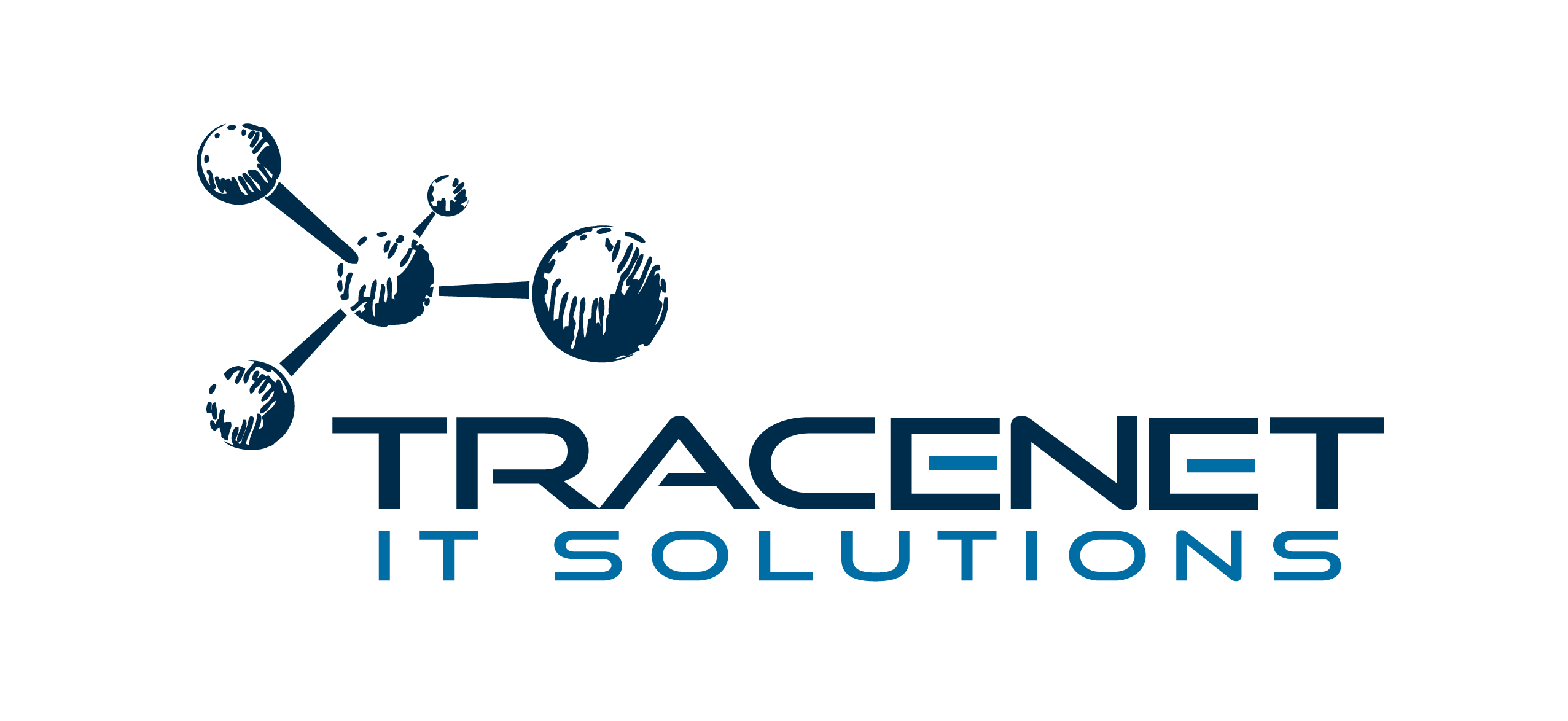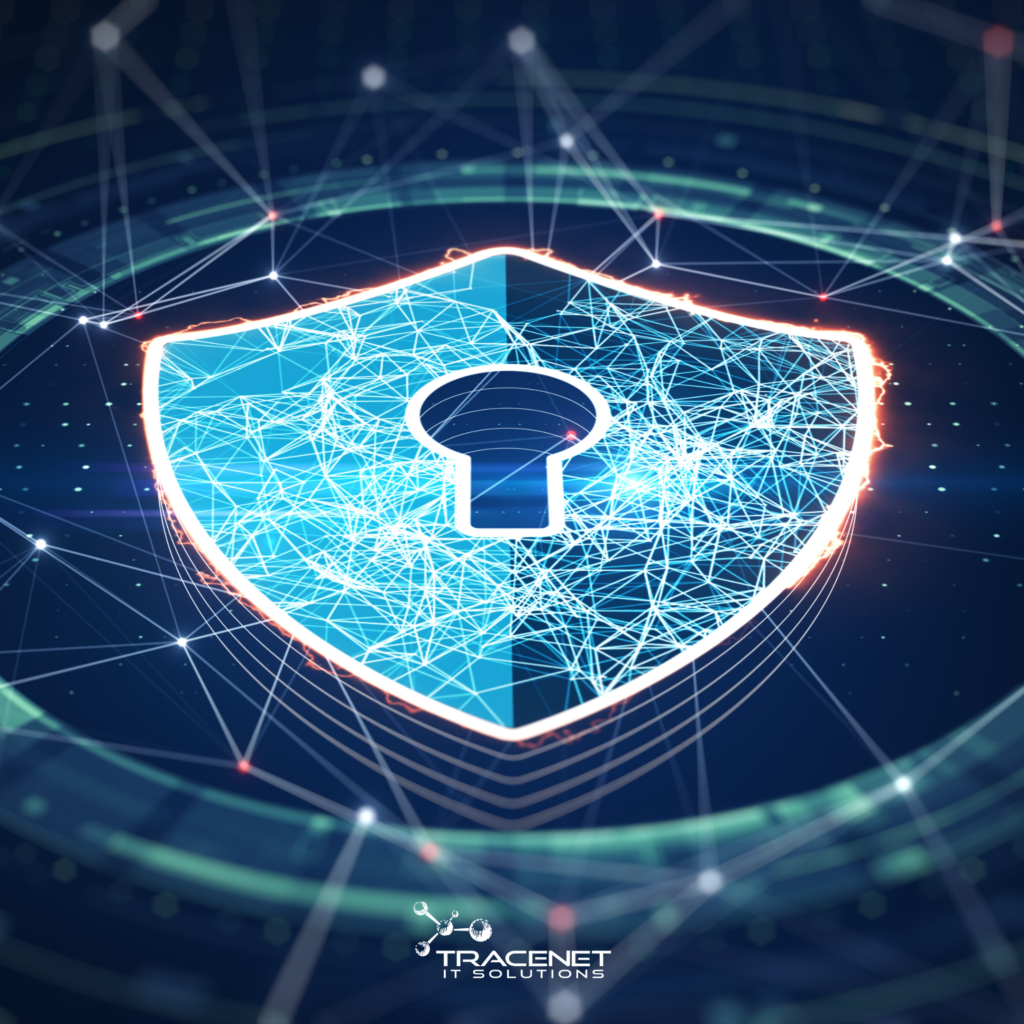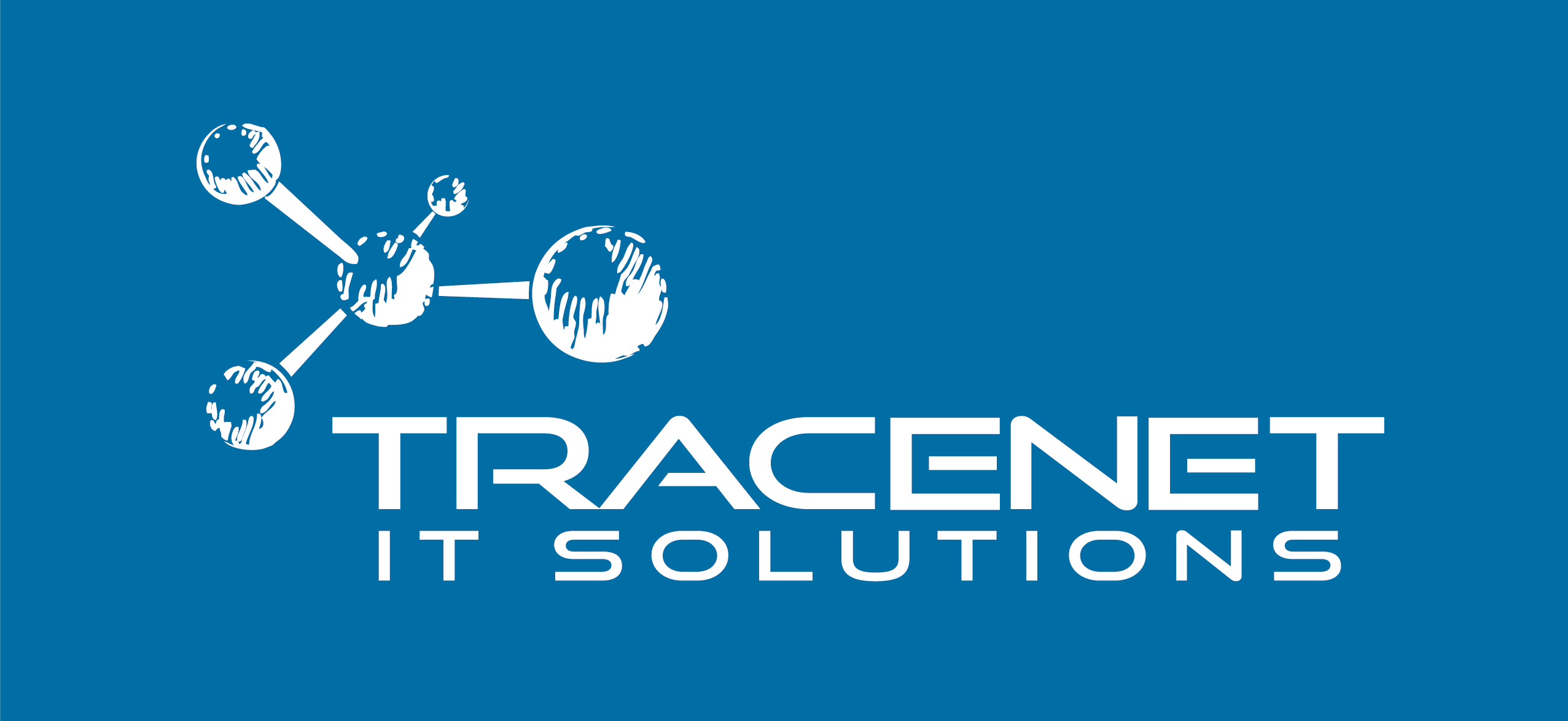Ensuring security in digital environments is extremely significant today. Among the essential tools for this purpose are firewalls, which can protect networks from cyberattacks. However, in order to effectively manage these systems, it is essential to adopt firewall best practices. Let’s explore what these fundamental practices are, in order to optimize the security provided by them.
What is a firewall?
Whether it’s software, hardware or both, a firewall is a security device responsible for monitoring entry and exit to a network. It literally acts as a “wall of fire”, blocking or not blocking traffic according to the security protocol previously defined. In addition to controlling network traffic, firewalls also perform functions such as logging activity, detecting intrusion attempts and enforcing security policies.
They can be configured to allow or deny access to certain network resources, such as specific websites, applications or communication ports, based on rules defined by the security administrator. This ability to filter and manage access is critical to protecting confidential information and maintaining the integrity of an organization’s systems.
Why invest in firewalls?
Regardless of the size of your company, not having well configured firewalls can cause major damage due to the increased chance of cyberattacks. After all, state-of-the-art firewalls are able to block malware and application layer attacks and can react quickly and intuitively to detect and respond to attacks on corporate networks. These are valuable qualities at a time when cyber threats are increasingly sophisticated and devastating.
Let’s take a look at the firewall best practices
- Security Policies: these should objectively and broadly define the rules for using the firewall. Specifying which types of traffic are allowed or blocked, which ports and protocols can be used, and which activities are considered suspicious. It is essential that these policies are documented and reviewed periodically to ensure their continued effectiveness in protecting the network.
- Regular Updates: indispensable for ensuring protection against the latest cyberthreats. This includes firmware updates, security patches and threat signatures, which should be applied regularly to mitigate known vulnerabilities and improve the ability to detect and respond to attacks.
- Network Segmentation: involves dividing the infrastructure into isolated zones, such as internal networks, DMZ and external networks, and controlling traffic between them via the firewall. This reduces the impact of possible compromises by limiting direct access to critical resources and protecting data integrity.
- Deep Packet Inspection (DPI): allows detailed analysis of the content of data packets, identifying hidden threats such as malware, denial-of-service attacks and attempts to exploit vulnerabilities. This in-depth inspection capability is the key to detecting and blocking malicious activity before it causes damage to the network.
- Logging and Monitoring: Enabling event logging and continuous traffic monitoring makes it possible to identify suspicious behavior patterns, intrusion attempts and other malicious activities. Using log analysis tools makes it easier to investigate security incidents and monitor compliance with established security policies.
- Access Restriction: setting up access rules based on the principle of least privilege means granting only the necessary access privileges to users and devices, therefore reducing exposure to possible attacks. This involves blocking unauthorized traffic, limiting access to sensitive resources and implementing application control policies.
Integrate the firewall with other security solutions
This is a fundamental practice for reinforcing an organization’s cyber defense posture. For example, integration with intrusion detection systems (IDS) allows for a more comprehensive analysis of network traffic in search of suspicious activity or malicious behavior patterns that might go undetected with the firewall alone. The IDS can identify anomalies and alert the security team for investigation and rapid response to possible threats.
In addition, integration with data loss prevention (DLP) systems helps protect sensitive information, preventing it from being inadvertently shared or accessed by unauthorized users. DLP can work in conjunction with the firewall to apply more granular security policies, such as blocking the transfer of sensitive data by email or unauthorized cloud uploads.
Finally, integration with security information and event management (SIEM) systems allows for a centralized and correlated view of security events across the entire IT infrastructure. This makes it easier to analyze trends, identify attack patterns and generate detailed reports for regulatory compliance and forensic analysis.
Together, these integrated solutions form a more powerful and effective security strategy, providing greater visibility, more accurate threat detection and faster response to security incidents, thus contributing to the protection of digital assets and business continuity.



